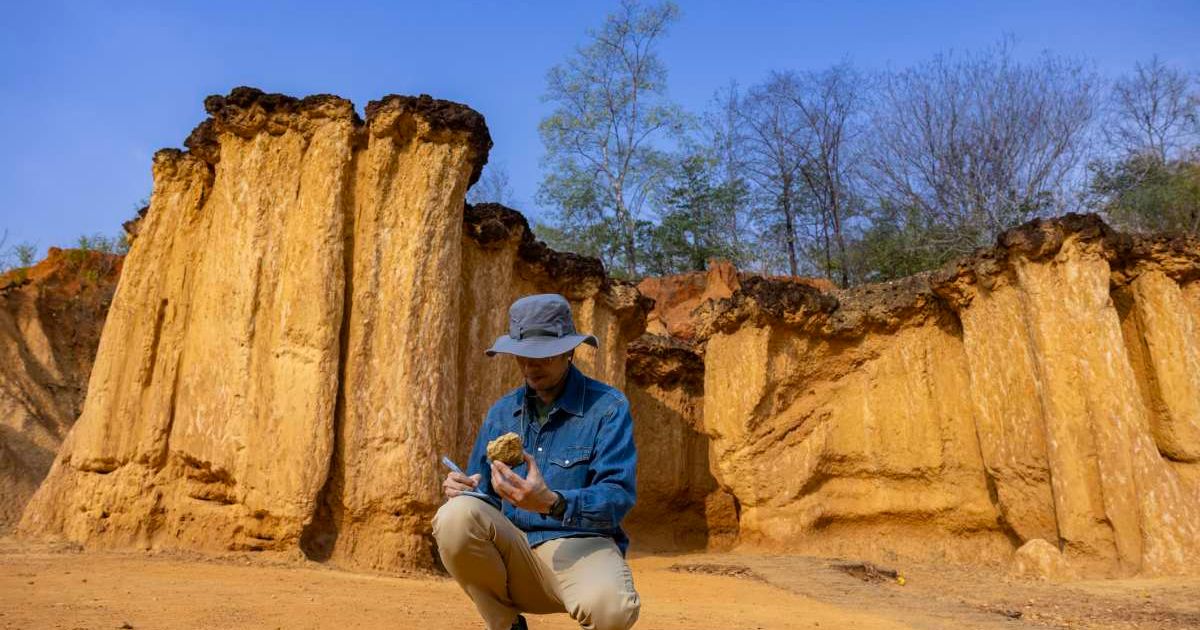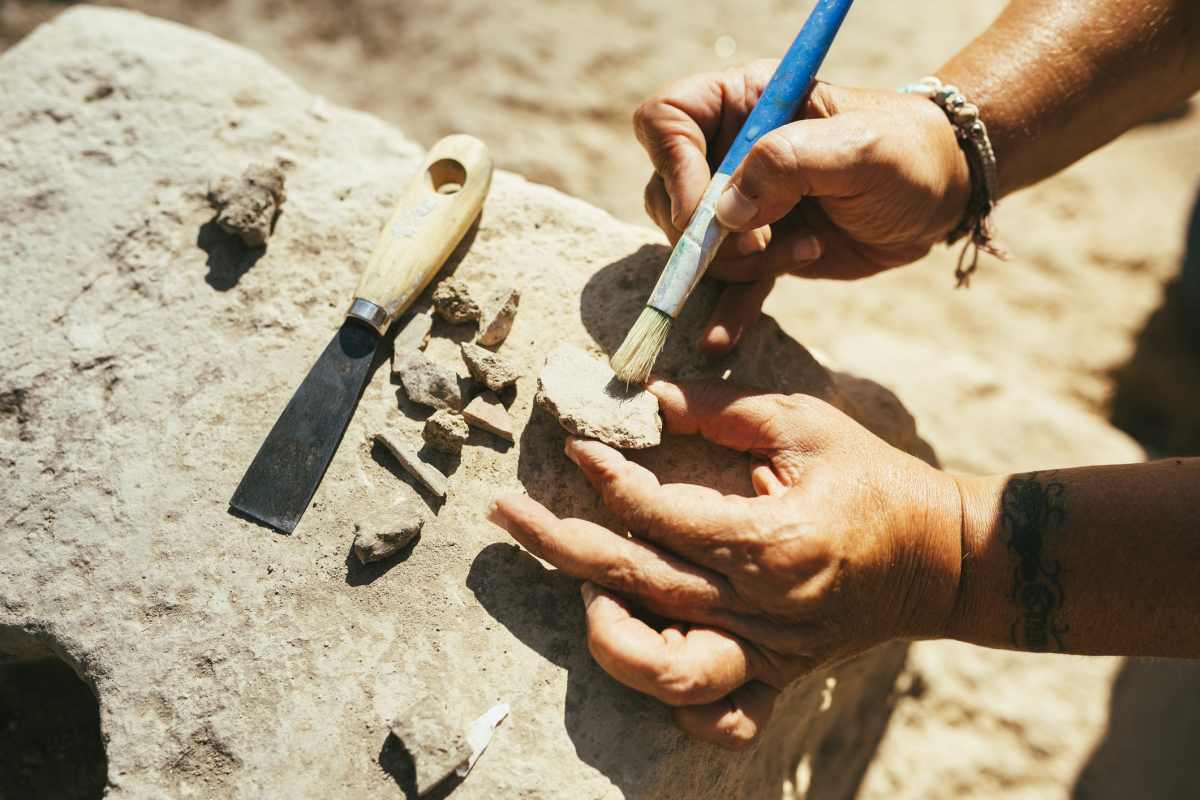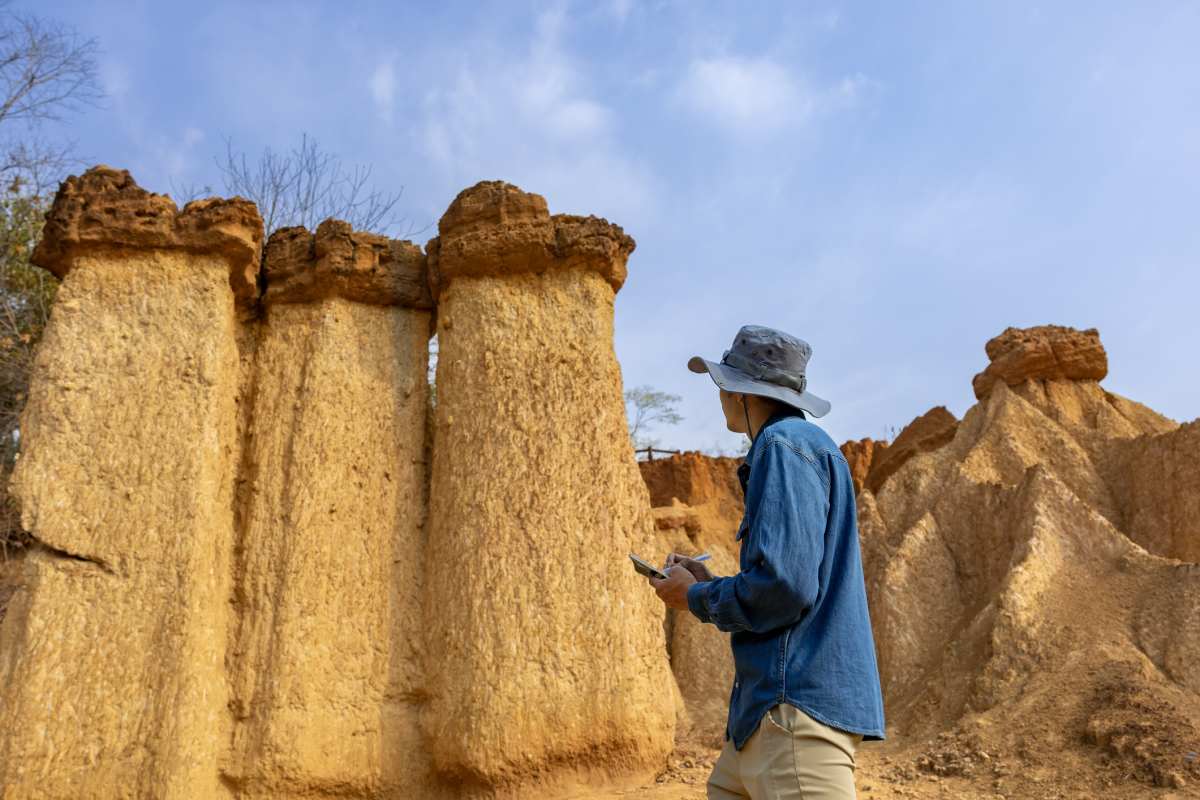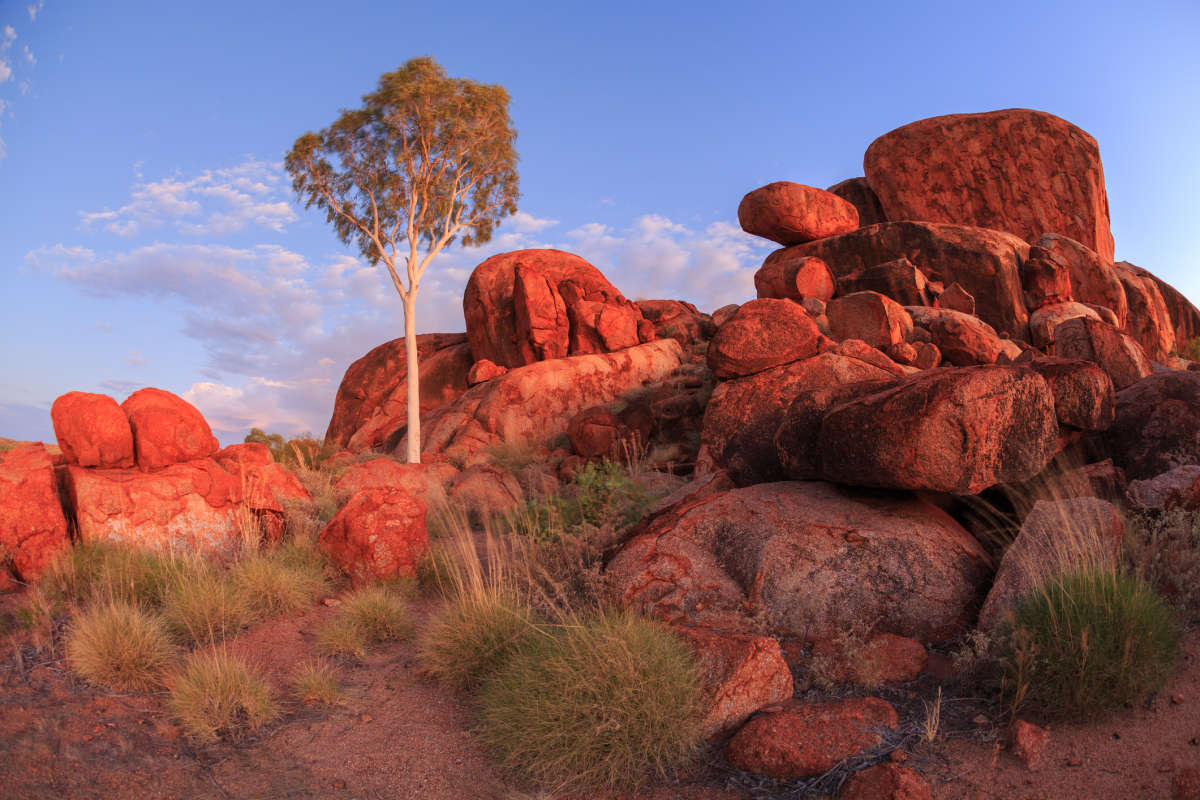Fragments of Red Rocks in Australia Are Preserving Million-Year-Old Fossils With Incredible Precision

Standing in the vast dusty red field of Australia’s McGraths Flat in Central New South Wales, a scientist knelt to investigate a rock. Striking a heavy blow, he dug a chisel into the rock and started banging its free edge with a hammer. Cracks materialized in the rock, and it split open. If it were not for scientists like him, nobody in the whole universe would ever know that deep within this dead heart of Australia, hid the fossilized remains of a freshwater fish, entombed in iron. This petrified fragment had a story to tell: the story of what this fish ate as its last meal before dying. This episode, shared by Australian Geographic, was just the beginning.

In a new study published in the journal Gondwana Research, scientists have documented the remarkable fossil records that lie buried in the central tablelands of Australia. Researchers, paleontologists, and geologists have been flocking to the site to explore and discover stories of animals, insects, plants, and nature forgotten in time. This particular research involved researchers from the Australian Museum Research Institute. After investigating the site, these fossil detectives declared that the site held a copious amount of “untapped record of life on Earth,” according to a press release.
Although it has remained mysterious for most part in history, McGraths Flat’s existence dates back between 11 million to 16 million years. Its reddish, iron-rich rocks are more than just eye-catching postcards. They are little time capsules stocked up with stories dating back to millions, if not billions, of years ago, hiding fossils of fish, spiders, saw flies, feathers, spider hairs, nerve vells, flowers, wasps, cicadas, roundworms, and dinosaurs, maybe. Encapsulated within rod and dumbbell-shaped nanostructures, these fossils have withstood the test of time. The secret lies in a process called “soft-tissue preservation.”

McGraths, this red dirt landscape wasn’t always as quiet as it appears to be today. Millions of years ago, it was a lush rainforest bordered by chains of freshwater lakes. Over the next few years, a chain of intense chemical and basalt weathering events leached enormous quantities of iron and deposited them in the warm, wet rainforests. Streams of acidic groundwater picked up these iron crystals and took them underground, where they spilled into the river system. Entering the rivers, the iron particles settled to the bottom and coated the bodies of dead sea creatures.

This thick armor of iron acted as a protective shield for the dead carcasses, and their soft tissues became preserved inside these little iron castles. Eventually, the castles got buried in the sediment, and when the time came, they likely telepathized invitations to the scientists to reawaken them and unleash their stories to the world. After stripping away the thick metal concentrations, the scientists have been trying to trace the fingerprints of source materials that would help them locate the fossil record in detail.

This extraordinary preservation of fossils entombed in iron was made possible by a chemical called Ferruaspis brocksi. Engraved deep within the veins of these fossils, the iron-cladded rocks held chronicles and mysteries of the past times. Scientists used geochemical analysis to unveil these stories. The fossil records also offer brilliant insights into Australia’s past, when it was drifting imperceptibly northwards after Gondwana’s divorce from Antarctica. At this time, a chain of fiery volcanoes erupted and burst from the Earth’s crust, blanketing it with shards of shale, sandstone, volcanic ash, limestone, phosphatic, and siliceous sedimentary rocks.
More on Green Matters
Scientists Discovered Air Sealed in an Australian Rock for 815 Million Years. Then, They Released It
Researchers Find ‘Insanely Big’ Dinosaur Footprints From Over 160 Million Years Ago in a Quarry
Scientists Split Open a 2-Billion-Year-Old Rock — What They Found Inside Was Just Incredible